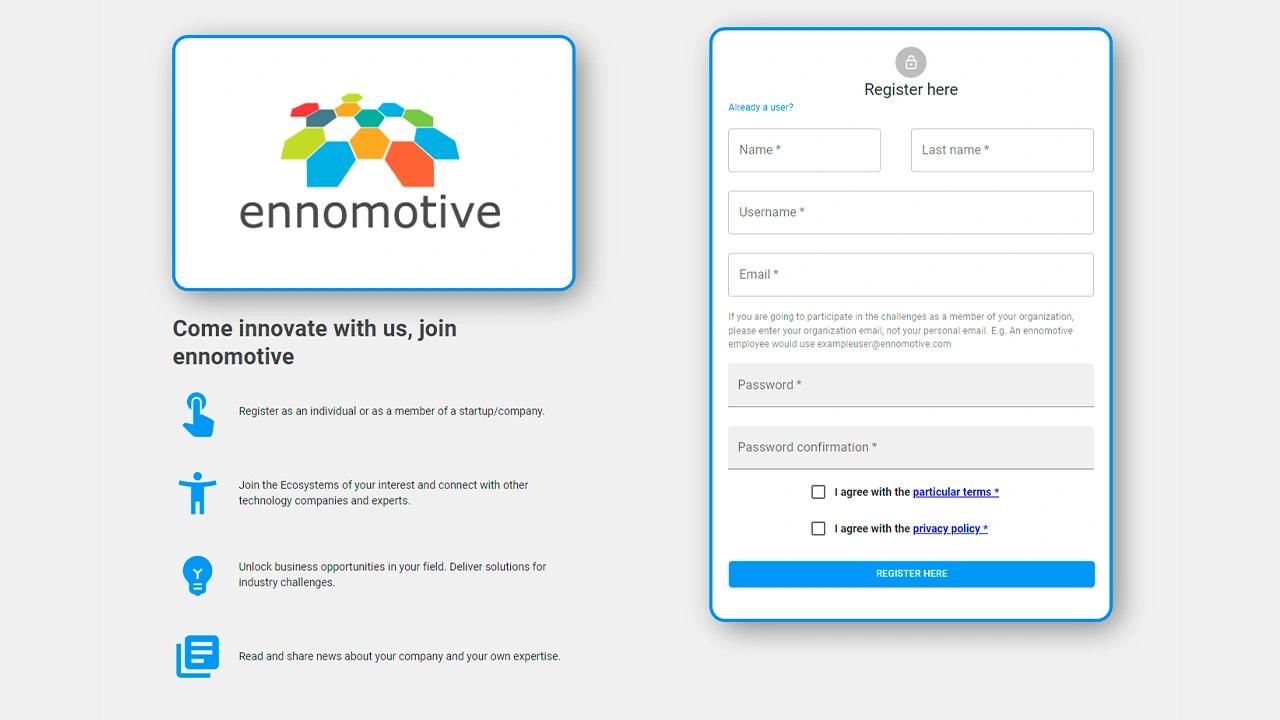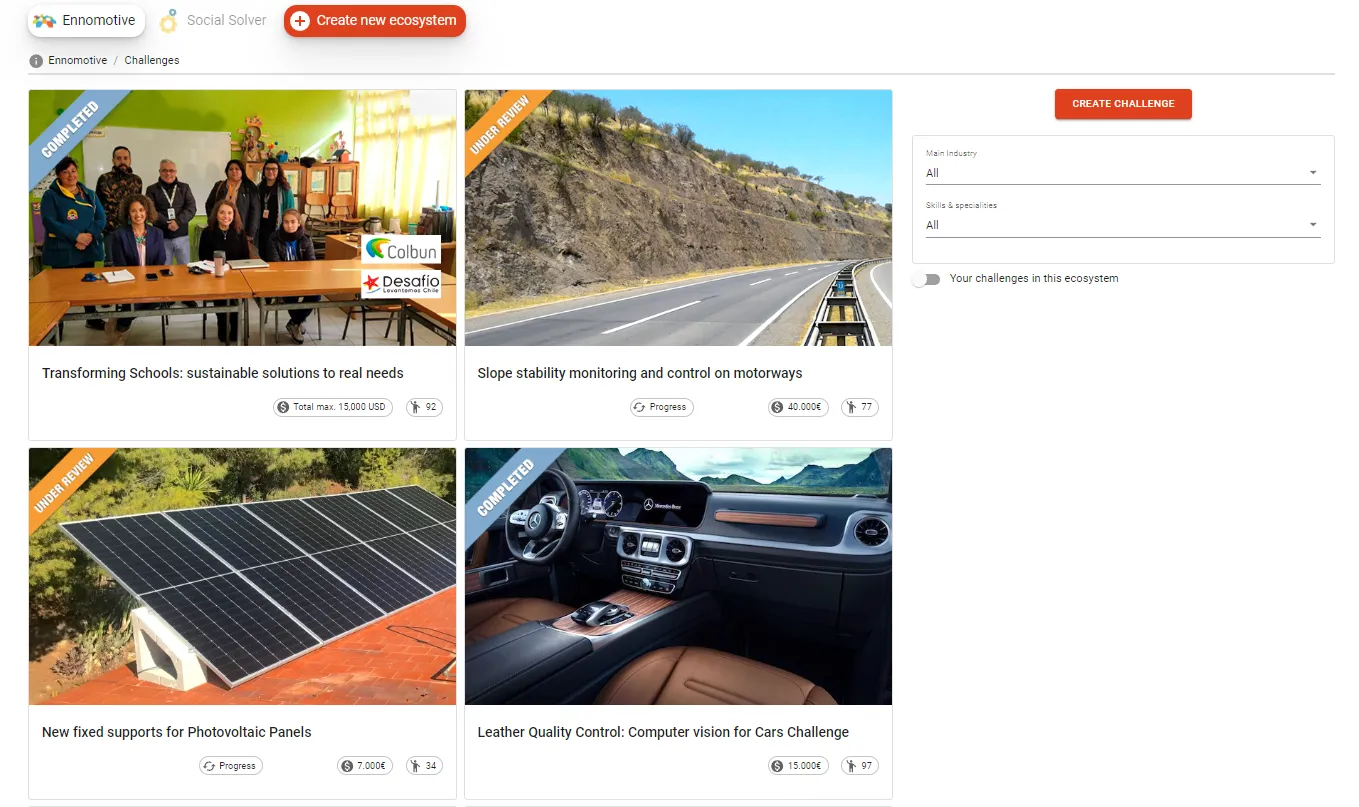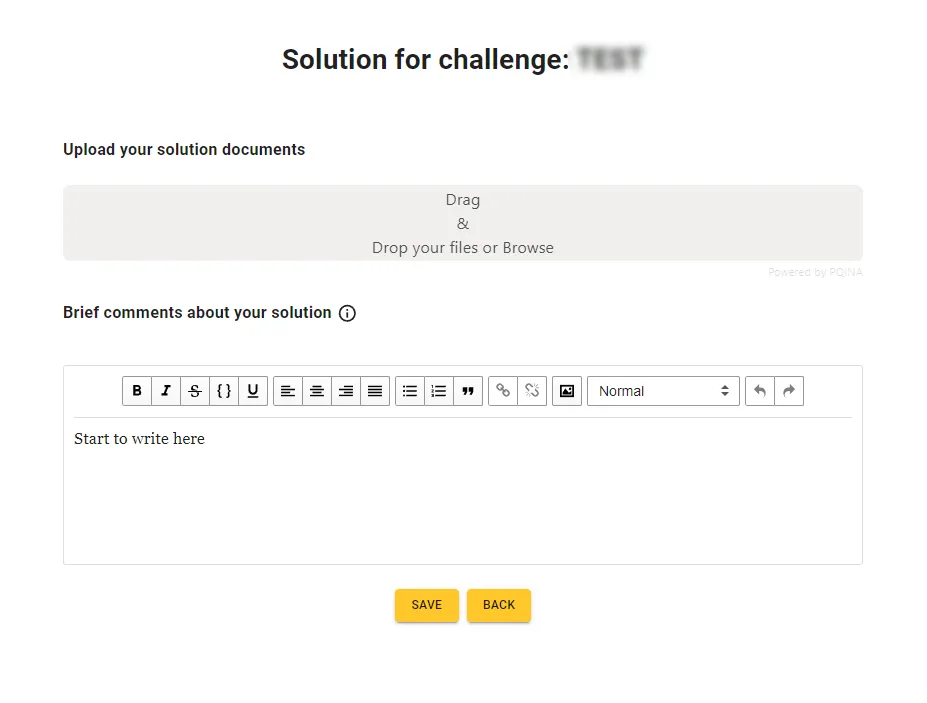Background
Our client is a leading company in the power generation sector with a high commitment to protecting the environment and its natural resources. Consequently, this company is developing and diversifying its energy matrix through VRE (Variable Renewable Energy).
In this context, the company needs to improve the efficiency of power generation and complement with manageable renewable sources when the electric demand requires a continuous supply.
The Challenge
In order to generate energy in run-of-river hydropower plants, it is often necessary to previously store water in small reservoirs to control the flow, which will be turbined according to the energy demand.
This challenge focuses on a small reservoir located in a high-mountain area, with irregular shape, 170,000 m3 storing capacity, a maximum depth of 6 meters that remains constant throughout the reservoir, made impermeable through a PVC-P geomembrane (highly susceptible to erosion and cuts). See Annex 1.1 for more details.
The small reservoir feeds directly from the river through an intake with 12 m3/s maximum flow capacity and equipped with a two-part 75 meters long sand trap. However, due to a very high concentration of suspended sediments in the water, the sand trap cannot retain all of them. As a consequence, many of the lightest and smallest sediments (basically clay and silt) settle down inside the reservoir, progressively decreasing its storing capacity up to 60% (sediments accumulations are estimated to reach up to 100,000 m3 per year).
The waterflow that does not go into the reservoir, follows its natural stream with a minimal flow of 0,6 m3/s.
Sediment’s characterization:
- USCS classification: Silty sand (SM)
- Very high cohesiveness: 1,04 [kgf/cm2] shear strength with a normal pressure of 1,00 [kgf/cm2]
- Particle size: smaller than 2 mm, 0,6 mm on average.
- Specific weight: 2,730 [kg/m3]
Please check out Annex 2 for more information about the reservoir geometry, the intake, bathymetries (to monitor the sediment accumulation), photos, and average inflows.
Please check out Annex 1 for current sediment removal system and some already considered alternatives.
What is the client looking for?
The goal of this challenge is to develop a solution that maintains active capacity of the reservoir above 70% along the entire year, without any risk of damaging the geomembrane at the bottom.
Additionally, the water flows from the small reservoir to an adduction channel through a structure called "intake tower" (see photo in Annex 1). It would also be desirable to keep the remaining sediments in the reservoir away from this “intake tower”.
The solution must adapt to sediments inflow oscillation coming from the river (80 % of the sediments accumulate during the snow melting period, from October to March). The solution also must be able to tolerate fluctuations in the water level of the small reservoir and be maintained/operated with the lowest workforce possible.
Evaluation Criteria
Participants’ submissions will be assessed according to the following criteria:
- Highest reservoir active capacity (operating volume).
- Resistant to high-mountain conditions (strong winds, low temperatures, ice and snow).
- Lowest maintenance/operational costs possible.
- Lowest environmental impact (adequate handling of the sediments according to the natural conditions of the river).
- The best 8-year business case, considering investments, maintenance and operational costs for a maximum sediment accumulation scenario (100,000 m3 per year).
This is a 3-rounds tournament with the following deliverables:
Round 1
A PDF document including:
- Description of the solution, including a brief specification of the equipment, materials and operating regime.
- Sketch of the solution.
- Feasibility evidence.
- Estimated investment.
- High-level business case.
Round 2
- Detailed design of the solution, including calculations, construction plans, specs, and materials.
- Detailed cost of the solution.
- Detailed Business Case.
Round 3
- Final clarifications.
Timeline:
1st round – 6 weeks+ 3 weeks for evaluation
2nd round – 4 weeks+ 3 weeks for evaluation
3rd round – 3 weeks+ 2 weeks for evaluation



